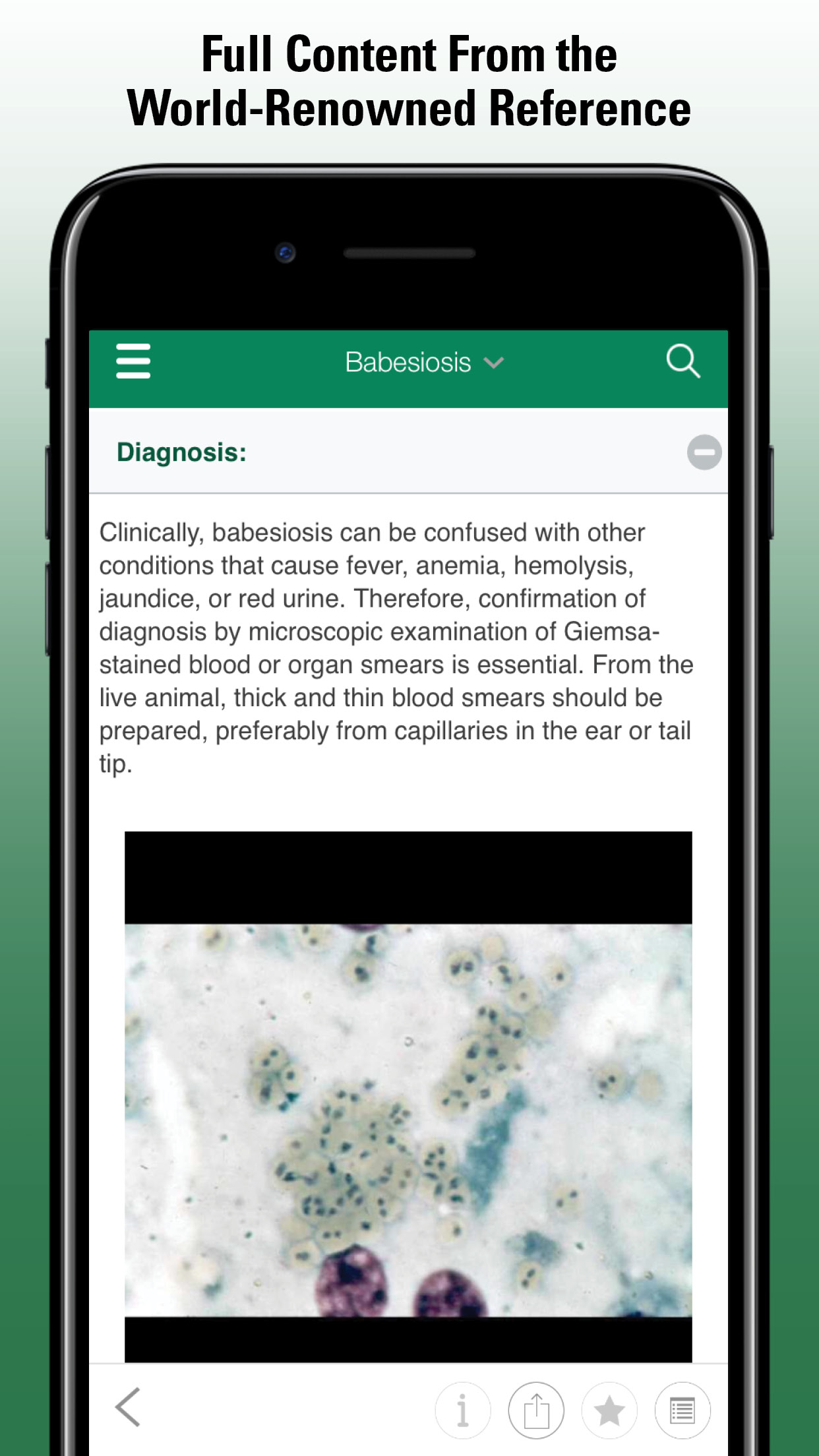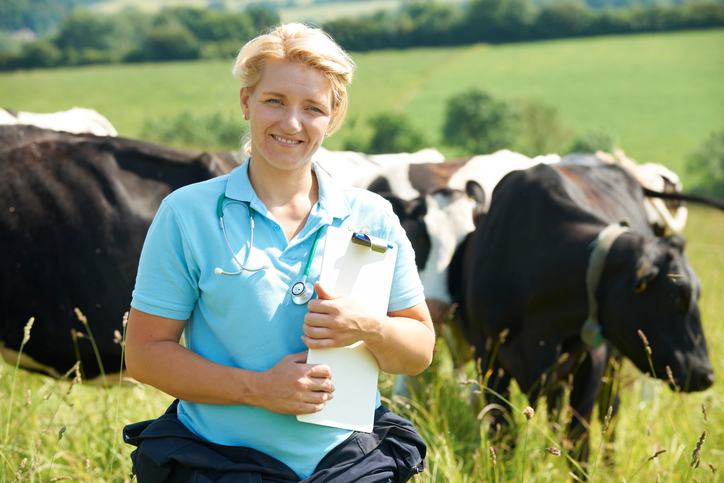Animal and Herd Productivity in Dairy Cattle
- Health-Management Interaction: Dairy Cattle
- Overview of Health-Management Interaction: Dairy Cattle
- The Modern Dairy Industry
- Animal and Herd Productivity in Dairy Cattle
- Interactions Between Health and Production in Dairy Cattle
- The Health Management Program in Dairy Cattle
The productivity of an individual cow is the sum of the value of the milk she produces, the value of her offspring, and her individual market value when she leaves the herd. Many factors influence individual cow productivity, which is also based on longevity and the proportion of the cow’s lifetime spent producing milk. Nonproductive periods include the period from birth until first parturition and dry periods before subsequent calvings. Heifers must be managed to reach appropriate breeding size by 13–15 mo of age to maximize lifetime production.
Milk yield is related to stage of lactation. Milk yield increases rapidly after calving, reaches a plateau 40–60 days after calving, and then declines at a rate of 5%–10%/mo. The rate of decline is lower in first-parity animals than in older cows. Good reproductive management ensures that the largest proportion of a cow’s total lifetime production is spent during early high-producing stages of lactation rather than late, lower-producing periods. Milk yield increases with age and parity until about the sixth lactation; these cows may produce up to 25% more milk volume than first lactation cows. Health disorders or other management problems that reduce longevity have a negative impact on productivity.
Nutritional Management
In most dairy herds, nutritional management is the most important determinant of herd productivity. The relationship between nutrition and productivity begins at birth. The feeding system must deliver the necessary nutrients to each cow at the correct stage of lactation to maintain optimal productivity.
Research has documented the importance of the ration fed to cows in the transition during the 2–3 wk before calving. Dry cows are fed a diet relatively low in carbohydrates and protein and high in fiber, reflecting the low nutrient demands of the nonlactating cow. The transition period ration must allow the rumen to adapt to the lower-forage, more nutrient-dense lactating ration. Further, the stresses associated with moving animals to the transition pen and of calving itself tend to reduce feed consumption at this critical time. Reduced feed intake in the transition period is associated with excessive weight loss, reduced peak milk production, and an increased incidence of postpartum diseases such as metritis, retained placenta, ketosis, displaced abomasum, and fatty liver. Research has documented the benefits of monitoring postpartum cattle for excessive energy mobilization by measuring blood β-hydroxybutyric acid, one of the ketone bodies.
Rations for lactating cows must strike a balance between providing high levels of energy and protein to support high milk production and maintaining optimal rumen health and motility. Subacute rumen acidosis (SARA) is a common condition resulting from excessive fermentable carbohydrates, inadequate fiber of adequate length, or a combination of the two. Health effects of SARA include digestive upsets and diarrhea, reduced feed consumption and milk production, reduced butterfat content of milk, ulceration of rumen epithelium, liver abscessation, and a series of foot problems related to subclinical laminitis.
The choice of a feeding system is associated with herd size and production level. Three general types of feeding systems are used currently by dairy farmers: total mixed ration (TMR), component feeding, and management-intensive grazing. Each of these systems, when implemented correctly, can deliver adequate nutrients for a highly productive dairy herd. Each system has its own inherent challenges in achieving optimal productivity.
The use of TMR feeding systems has increased as more herds have adopted free-stall or dry-lot housing. TMR diets have several advantages: cows consume the desired proportion of forages, risk of digestive upset is reduced, feed efficiency is increased, byproduct feeds may be used, accuracy of diet formulation is higher, and labor needs are reduced. The performance of herds using TMR diets can be lowered by errors in ration formulation and feed delivery. An oft-quoted statement illustrates the challenges of TMR feeding. There are three rations for a dairy herd: the ration on paper as formulated by the nutritionist, the ration fed to the cows, and the ration the cows actually consume. Some common errors include inadequate or nonexistent forage testing, variation in forage dry matter, variation in dry-matter intakes, overmixing of diets that reduces effective fiber length, errors or imprecision in the mixing of the ration, and overfeeding or underfeeding energy to late-lactation cattle. When TMR are fed, feeding mistakes are often spread across the entire group or herd. Health management programs of herds that receive TMR diets should include systems to monitor the adequacy of the ration formulation and delivery.
Component-fed herds receive grain and forage separately. Advocates of component feeding emphasize the ability to meet the production and metabolic needs of individual cows throughout their production cycle. The primary disadvantage of component feeding systems is that the cow receives concentrates separate from forages, enabling ingestion of these concentrates in a single feeding, leading to rumen acidosis and indigestion.
Management-intensive grazing systems can be used to meet the needs of modern dairy cows. In some regions of the world (eg, New Zealand and Australia), pasture-based systems are the predominant method of feeding dairy cattle. In these truly pastoral systems, nutrition frequently limits productivity because of significant annual variation in growing conditions. However, the economic model in such a system emphasizes low costs of production rather than maximal productivity. In other areas such as Britain and the northeastern USA, rotational grazing is used to provide for the forage requirements of lactating cattle during the spring and summer months, and supplemental concentrates and corn silage are fed to achieve high milk production. In both situations, seasonal calving is practiced to match rainy or spring season pasture conditions with the energy needs of early lactation cows. Attention to reproductive management is therefore critical for herds that attempt to breed all cows within a defined period. Production management programs for herds using management-intensive grazing systems must include programs to control bloat, hypomagnesemia, and copper and selenium deficiency. Pastured cattle may walk considerable distances to harvest forages. Therefore, a system to monitor and minimize lameness must be included in the health delivery system.
Reproductive Management
Artificial insemination (AI) using semen from genetically superior sires is the most important factor leading to increased productivity in the dairy industry, accounting for at least 150 kg increased annual production since its inception. Even today, the genetic potential for milk production greatly exceeds the actual milk yield achieved on most farms. Reproductive disorders are the most common and costly reasons for premature culling of dairy cows (see Management of Reproduction: Cattle). In conventional dairy herds in which calving occurs throughout the year, suboptimal reproductive management leads to the failure of cows to conceive in a timely fashion, or at all. Cows remaining open longer reduce productivity in the following ways: 1) Open cows spend more time in late lactation, with lower milk production. 2) Cows taking longer to conceive may dry off sooner, leading to longer dry periods. 3) Risk of culling increases greatly in cows remaining open >300 days after calving. 4) Fewer replacement heifers are available. 5) Higher labor and treatment costs are associated with prolonged efforts to synchronize and breed open cows.
Successful AI requires that cows be inseminated during estrus in a narrow range of optimal fertility, and that the semen be thawed properly, transported quickly to the cow, and deposited in the appropriate area of the reproductive tract. The most important factor affecting the success of an AI program is the detection of estrus: recent data from the USA indicate that fewer than 40% of estrus periods were detected in lactating dairy cattle. Efforts to improve heat detection using estrus synchronization and artificial detection aids have been largely unsuccessful and are hampered by the reduced duration and intensity of estrus exhibited by modern USA Holsteins, and by the increasing size of farms making estrus observation more difficult. Because heat detection rates are so low, some dairy managers have returned to extensive use of natural service sires to ensure that cows conceive promptly. In these herds, breeding soundness examinations and bull management programs should be included to ensure continued herd productivity. (Also see Breeding Soundness Examination of Bulls.) However, the problems associated with natural service include reduced genetic improvement of offspring; costs associated with purchase, raising, and feeding bulls; damage to facilities; and danger to people.
Researchers in Wisconsin and Florida have developed hormonal synchronization protocols that allow timed insemination to be performed with acceptable conception rates. These programs have been widely adopted and have enabled herds to dramatically increase the number of pregnant cows throughout defined time periods. Many of the injections and the inseminations can be scheduled on a weekly basis, leading to more efficient use of labor.
Replacement Management
Herd productivity can be profoundly affected by the success of the replacement program. The cost of raising heifers is a significant proportion of the overall cost of production; a replacement animal does not begin to earn a profit until midway through her second lactation. A wide range of mortality rates (5%–25%) is reported for replacement animals. The highest morbidity and mortality rates on dairy farms generally are seen before weaning. The most significant causes of preweaning death are infectious diseases of the digestive and respiratory systems. These disorders can be controlled by well-designed health management procedures that define the care and housing of the dam during the periparturient period, the calving process, feeding adequate quantities of high-quality colostrum, and the application of proper preventive measures (including sound nutritional programs) for newborn calves.
Delayed age at first calving reduces dairy productivity by increasing the need for replacement animals and increasing the costs of raising the replacements because of longer feeding periods. Heifers should be 23–25 mo old at first calving, which means they should conceive when 14–16 mo old. Adequate nutrition is important to ensure that heifers are fertile and cycling at this stage and that continued growth occurs so that heifers are large enough at calving to limit dystocia and maximize mammary development and lactation.
Herd Size, Composition, and Culling
There is a well-demonstrated relationship between productivity and herd size. One reason for this is the greater willingness for larger operations to adopt production-enhancing technologies. Government policies can also substantially influence herd size (eg, countries with supply management systems effectively limit the annual income a farm can achieve from the sale of milk). The amount and productivity of pasture can influence the size of herds that use grazing. In these herds, productivity is determined by balancing the ability of the pasture to produce nutrients against the ability of the cows to produce milk. The size of both grazing and confinement herds are increasingly affected by competing demands for land.
The proportion of the herd producing milk versus the nonproductive stock (dry cows, calves, heifers, and bulls) has an effect on total herd productivity. Herd composition is the result of a number of interrelated management decisions, such as culling policy, rate of reproductive success, rate of disease, replacement management, and longterm goals regarding herd size. The ability of a herd manager to cull animals can have a significant impact on herd composition. When numerous replacement heifers are available, culling may intensify, leading to a younger herd with improved genetic potential for future milk production. In countries such as the USA, where herd production is not limited, longterm plans regarding expansion often influence herd composition. In some growing or start-up herds, only nonlactating cattle are purchased to reduce the risk of purchasing animals with infectious diseases such as contagious mastitis or bovine viral diarrhea. These herds often consist of a high proportion of first-lactation animals.
Decisions regarding cow removal can significantly impact productivity of the dairy herd. Culling rates vary between herds and may be related to disease rates or disease control programs. Fertility, mastitis, and lameness are common reasons for cow removal. Culling is an important aspect of controlling other diseases such as bovine tuberculosis, brucellosis, paratuberculosis, and chronic mastitis caused by some contagious mastitis pathogens.
Environmental Conditions
Even with optimal housing situations, herd productivity can be affected by environmental conditions. High-producing cows have higher dry-matter intake, generate more internal heat, and are less tolerant of high ambient temperature. Weather conditions that combine high ambient temperature and high humidity without periods of cooling generally depress dry-matter intake and reduce milk yield. The increased concentration of dairy farming in regions that experience considerable periods of high temperatures (eg, southwestern USA) has resulted in more seasonal variation in milk output.
Farmers have adopted a variety of systems to combat heat stress. New facilities are constructed with large, open sides and ends (often >4.3 m high) and use fans and sprinkler systems to keep cows comfortable. Older, enclosed facilities can be retrofitted with tunnel ventilation systems to provide adequate air movement. (Also see Ventilation.)
Drying Off and Dry Cow Management
Risk factors for most postpartum diseases of dairy cows are present during the dry period, with clinical signs of disease becoming evident after calving. Diseases such as hypocalcemia (milk fever), hypomagnesemia, udder edema, ketosis, displaced abomasum, and mastitis often begin during the dry period. Dairy health management programs focus on many preventive practices such as vaccination, hoof care, and nutritional monitoring during this period.
The length of the dry period influences milk yield in the subsequent lactation. The recommended dry period is 6–8 wk. Dry periods of <40 days reduce milk yield in the following lactation. Dry periods that are too long may lead to excessive weight gain and reduced production efficiency. Both short and long dry periods are most common when breeding dates are uncertain because of either bull breeding or inaccurate (or missing) reproductive records.
- Health-Management Interaction: Dairy Cattle
- Overview of Health-Management Interaction: Dairy Cattle
- The Modern Dairy Industry
- Animal and Herd Productivity in Dairy Cattle
- Interactions Between Health and Production in Dairy Cattle
- The Health Management Program in Dairy Cattle




